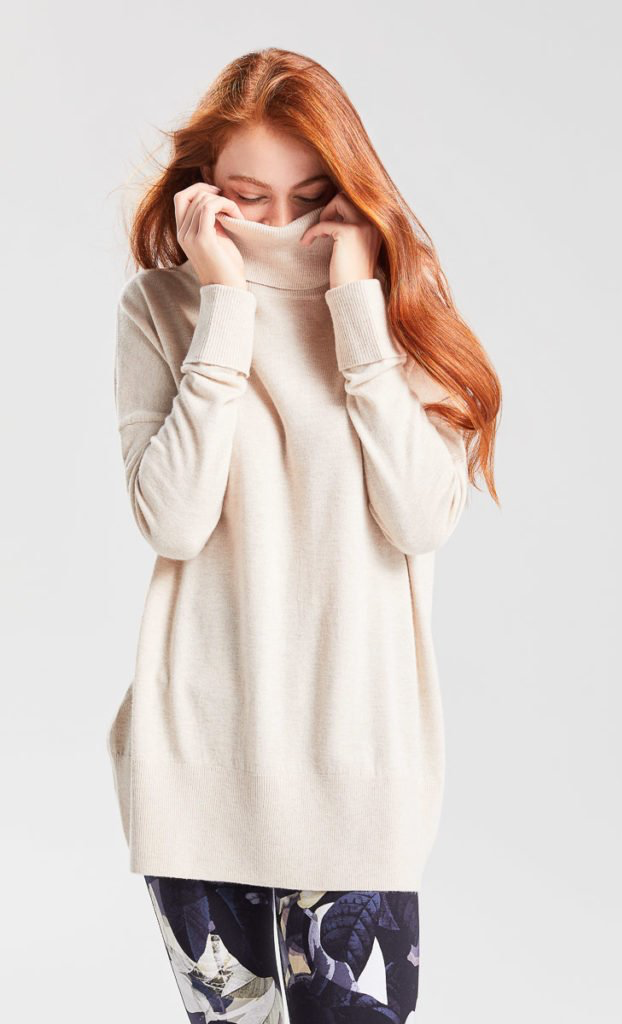New News To Picking Merino Wool Base Layers
Wiki Article
Why Is The Yak Merino Wool Base Layer So Effective For Winter Sports Clothing?
It is a great base layer for winter sports due to the benefits that both the yak and merino wool offer. It has hollow fibers that retain air, which provides excellent insulation. The fabric, when paired with Merino Wool which is an excellent insulator, gives an exceptional warmth that helps keep your body warm during cold temperatures.
Merino wool is able to manage moisture by wicking it away from the body. The yak wool is also moisture-wicking, which complements the merino wool. This combination helps regulate the body's temperature by removing moisture from the skin while exercising vigorously in cold weather.
Merino wool's softness as well as its comfort are well known. The silky fibers and softness of the wool makes it less prone to causing irritation. The fabric that is produced when yak fibers are blended with the smooth and soft fibers of merino wool feel very soft when applied to the skin.
Odor Resistant - Merino and yak wool both have antimicrobial qualities that assist in stopping the development of the bacteria that create the odor. This helps keep the clothes more fresh for longer even when it is in use for a long time.
Durability- Yak wool is extremely strong and durable. When it is combined with the power of merino wool it makes a fabric that can stand up to wear and tear that comes in outdoor sports and activities.
Temperature Regulation - Yak merino base layers regulate the body's temperature by keeping you warm in cold temperatures. They also have breathable properties to avoid overheating when doing high intensity activities.
Sustainability in the Environment Merino wool and yak wool are renewable fibers that biodegrade which makes them environmentally friendly choices for winter sportswear.
With these attributes, yak wool base layers can be extremely efficient in winter sportswear. They offer warmth and comfort, as well as moisture management the durability needed in cold temperatures. Check out the best additional reading on merino wool base layer for blog recommendations including best mid layer skiing, best merino base layer, ski underlayers, wool undershirt women's, first lite merino wool base layer, base layer for warmth, first lite merino wool base layer, merino wool thermals women's, lightweight merino wool base layer, 400g merino wool base layer and more.

What Are The Advantages Of Wearing Bamboo Clothing For Outdoor Clothing For The Warmth, Comfort And Sustainable?
Bamboo clothing has several advantages in terms of comfort and durability for winter outdoor clothing.
The soft texture and softness make it gentle for the skin. Bamboo fabric is frequently compared with cashmere or silk for its luxurious look.
Bamboo fibers have moisture wicking properties, which draw water away from your skin making you feel comfortable and dry during exercise.
Thermal Regulation- Bamboo clothing has natural temperature-regulating properties, providing warmth in winter while remaining breathable to prevent overheating.
Sustainability-
Bamboo is highly renewable and grows very quickly, without pesticides. It is extremely renewable, which makes it an ideal choice for clothing.
Low environmental impact Bamboo farming consumes less water and is more efficient. It also does not deplete soil's nutrients. Bamboo also absorbs more CO2 and releases more oxygen to the atmosphere when compared to other species.
Protection for Outdoor Wear-
UV Protection- Bamboo fabric is a natural shield against harmful UV rays.
Bamboo is antibacterial and has antimicrobial characteristics. Bamboo contains "bamboo Kun," a natural agent that inhibits the growth of bacteria that are responsible for odors. This keeps clothes fresher for longer, particularly when it is used outdoors.
Other Benefits
Bamboo fibers are abrasion-resistant and resistant to wear, which makes them ideal for outdoor wear.
Biodegradability - Bamboo clothing is biodegradable. It can decay naturally at the end of its life cycle, reducing the environmental impact.
For outdoor winter clothing, the bamboo fabric provides a combination of comfort and thermal control. It also helps control the moisture and is a sustainable. Check out the best bamboo clothing blog for more tips including bamboo material clothing, bamboo ave shorts, dixxon bamboo shirt, bamboo material clothing, bamboo sweatpants, bamboo activewear, bamboo boxer shorts, boody clothing, short sleeve bamboo pajamas, ladies bamboo tops and more.

What Are The Main Differences Between Bamboo And Merino Clothing?
Merino bamboo, Merino, and regular wool each have distinct particularities.
Merino's soft, silky fibers make it soft against your skin. It's less likely to cause itching and irritation than traditional sheep's wool.
Merino has excellent moisture-wicking qualities. It draws moisture from your skin and allows it to evaporate, leaving you dry and comfortable.
Merino wool is exceptionally warm even when wet. It regulates temperature and provides warmth in cold weather while allowing breathability in hot weather.
Odor Resistant - It blocks the growth and spread of bacteria that cause odors So clothes stay fresher for longer.
Bamboo Clothing
The silky texture is often compared to cashmere or silk. It's soft on the skin, providing a luxurious feeling.
Bamboo fabric is a moisture wicker, which means it draws away moisture from your skin while keeping you dry while exercising.
Temperature Regulation- Bamboo clothing has natural temperature-regulating abilities, offering warmth in winter and breathability to prevent overheating.
Sustainable Bamboo is a extremely renewable resource that grows rapidly without the need for pesticides or fertilizers. It is biodegradable and has low environmental impact.
Regular Wool
Texture. The texture of wool varies. Certain kinds are more coarse in texture, and are more prone for itching.
Warmth - Regular Wool is a great source of excellent insulation as well as warmth, although it can be weighty and bulky at times.
Wool absorbs moisture. This means it is less effective at wicking moisture in comparison to merino bamboo, or other textiles. However, it is warm even if it is wet.
Merino is soft and has excellent moisture-wicking. It also is immune to odors. Bamboo clothing has a luxurious feel, moisture-wicking properties, temperature regulation, and sustainability. Regular wool differs in texture, and may not offer the same moisture-wicking properties or softness as merino or bamboo, however, it does provide insulation and warmth. Each material can be tailored to specific preferences, and each has distinctive advantages. View the best merino winter clothing blog for more tips including womens icebreaker base layer, ski thermal underwear, best thermal underwear for skiing, merino wool leggings mens, ski thermals womens, merino wool leggings mens, ski underlayers, ski layers, best merino base layer, merino base layer and more.
